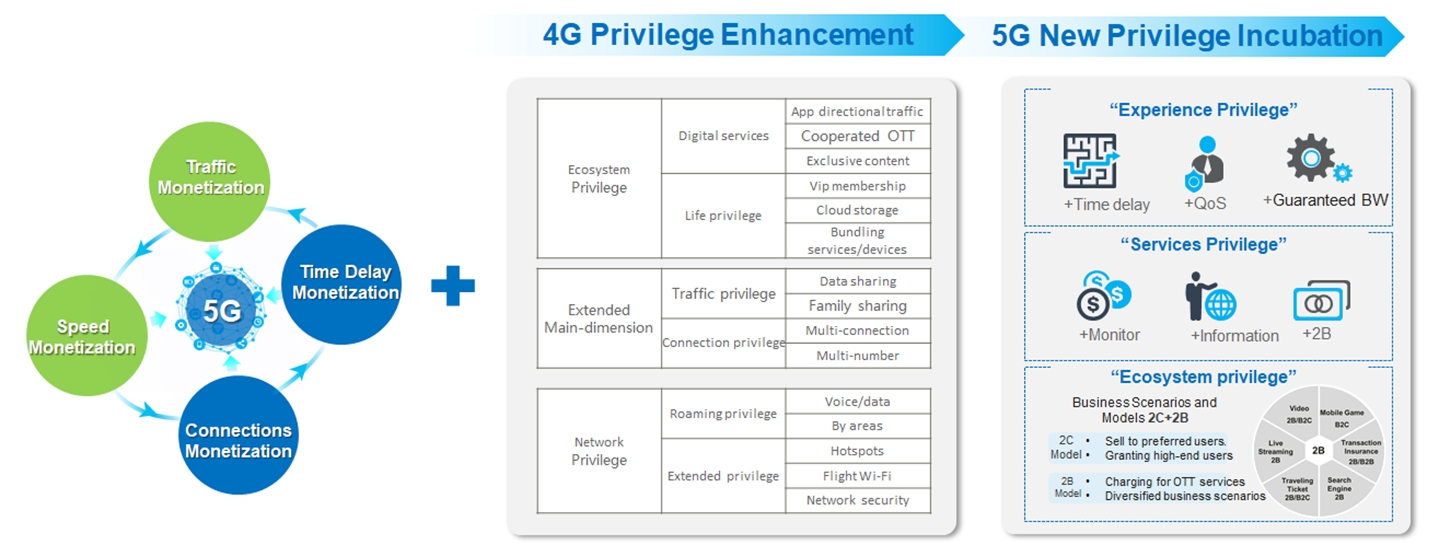Industry Thought Leadership
5G+X: Revamped Business Model for Leading Consumer Telecom Operators to a Healthy Market Cycle
July, 2020During the last 12 months we saw multiple operators in Middle East announcing commercial launches of 5G Networks. Initially these 5G launches were very much focused on fixed wireless access to complement their Fibre Home broadband offerings as 5G provided them with a capability to offer high speed broadband access to areas with no fibre deployment. Now, we are reaching a point where 5G is ready for more ubiquitous use by smartphone users. Many operators in Middle East have already covered central business districts & residential areas in key cities with 5G sites. 5G enabled smartphones are being launched every month by popular handset vendors. Compared to the same time last year when there were only a few costly options of 5G smartphones, now consumers have over 20 options of 5G smartphones to choose from and that too at varied price points. Cheapest 5G handsets are now available in Middle East for below 500 dollars.
One thing we must keep in view is that compared to the difference between 2 earlier generations, 5G does not just mean more speed or bandwidth than what 4G is providing. The change to be brought by 5G is much more than that. 4G networks have their limitations as it cannot support new experiences and the fast developing digital ecosystem. 5G, on the other hand is an enabler of a truly connected world with countless new services and that means newer business models, new revenue streams & more monetization opportunities for operators.
“5G+X”: Enabling New Revenue Streams for Operators
Past decade has made Mobile Data connectivity an essential part of our lives. It is hard to think of a world where we are not constantly connected. We consume content, attend online meetings and play games on the go any time anywhere we want. Proliferation of 5G is only going to make consumers rely more on connectivity and not just simple connectivity but a connectivity which is making newer experiences possible. We call this “5G+X” model where 5G provides low latency & high bandwidth connectivity and “X” stands for new services which operators can monetize.
An example of “X” services is Cloud Gaming. Globally, Mobile Gaming is currently the most popular mode of gaming and so is in the Middle East and will continue to grow in its popularity over PC or console gaming. 4G networks have their limitations in providing a fully immersive experience to a gamer on the go. With 5G, Cloud Gaming makes these newer experiences a possibility without the need of native high specifications hardware at user end. Low latency of 5G networks allow games to be stored & processed on cloud and played in real time on users’ smartphones. It also allows seamless experience to users across platforms. Users can leave home and pick up the games on their mobile from where they left them on console.
Telecom operators have huge opportunity to play here, Proactive moves to offer gaming as a service on their network will open up new revenue streams for them. Cloud gaming revenue streams can range from simple subscription fee, in-game purchases & Quality of service assurance on the network. We have already seen some foresighted operators in Middle East who have started working on building their cloud gaming portfolios by inking agreements with gaming aggregators and publishers. While adding new revenue streams, cloud gaming also provides an opportunity for operators to monetize their existing investments into cloud infrastructures. Operators need to move fast else cloud gaming can prove to be same as video streaming services where market is dominated by global & local streaming service providers and telecom operators’ role is reduced to only providing connectivity.
5G is also bringing new value added services to the market such as 5G messaging & video ring back tones. The monetization models for video ring back tones can have both consumers as well as enterprises as paying customers thus opening up another new revenue stream for operators.

Virtual as well as Augmented Reality applications are also expected to proliferate in the era of 5G as new revenue streams. These are cloud native applications and require high bandwidth & low latency connection to deliver immersive experiences, thus 5G enabled networks are going to be backbone of these services. AR & VR experiences provide an immediate opportunity for operators to dominate the complete value chain from connectivity to content. With 5G as backbone, operators can create multiple opportunities to replace ageing broadcasting systems for live sports and deliver enhanced experience to fans. Education & corporate trainings can also be similarly revolutionized with 5G enabled virtual reality. However it requires a long term vision and development of eco-system from the operator to dominate the new way consumers receive their entertainment & education. We have already started seeing advances from operators in South Korea who are front runners in building eco-systems for 5G+X services.
To sum it up, we can say that 5G is going to revolutionize every aspect of our life and mobile operators have a great opportunity to seize the moment to once again become a dominant player in the complete value chain with a larger play in services (+X) made possible by 5G.

